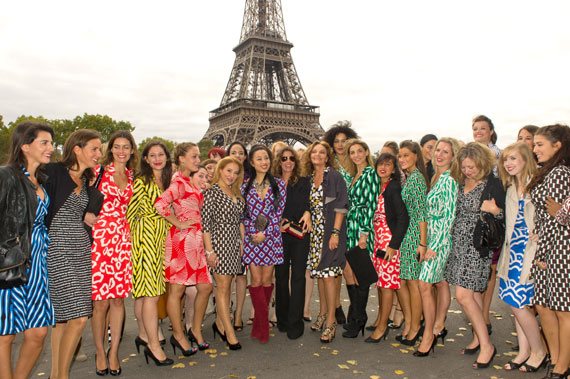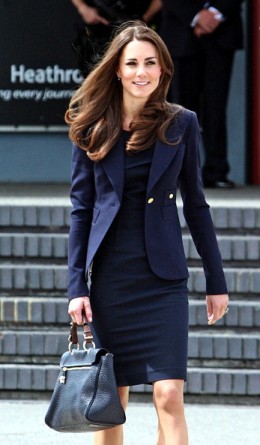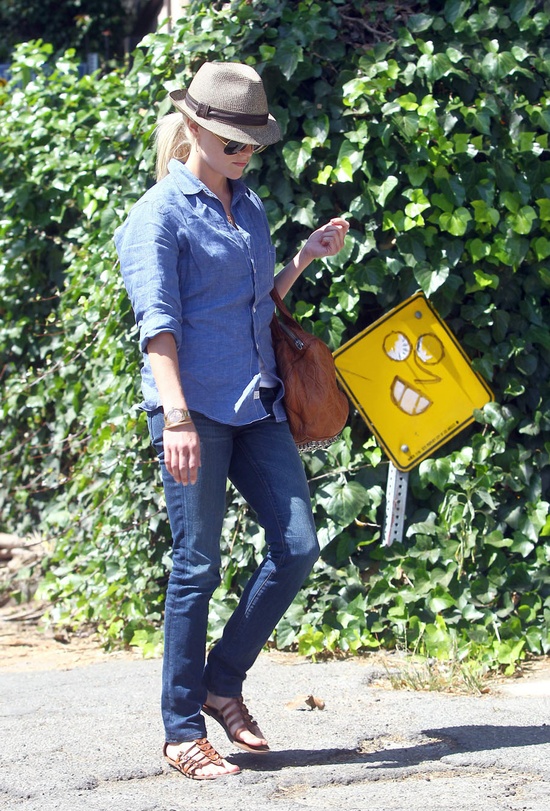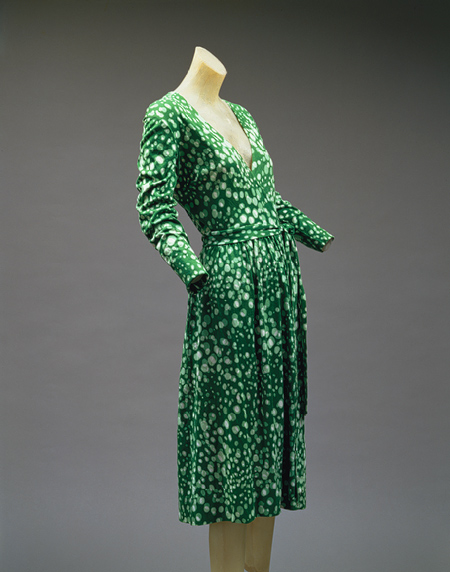Starting a fashion business is a feat in and of itself. Because no matter how great the designs are, or how amazing is the quality of fabric and craftsmanship that you offer, unless your brand is making waves on the market, it’s going nowhere fast. The ultimate challenge is getting your product out there, letting consumers know it exists, and giving them reasons to spread the word about it. But how do you succeed in the environment dominated by mass-market brands with enormous advertising budgets? By beating them in their own game!
In a world where consumers are constantly bombarded with offers, something as simple as buying a quality cashmere sweater can become a daunting task. People get frustrated when faced with too many options, so your task is to make your apparel an obvious choice. One way to go is to base your line on a key product rather than launching a fully-fledged RTW collection. The benefits of adopting this approach are abundant.
First and foremost, by focusing on a single category you’re instantly placing yourself ahead of the differentiation race. And the product you offer doesn’t have to be that innovative. Whether you decide to design and manufacture quirky sweatshirts with psychedelic prints, or classical cashmere sweaters mentioned above, the important thing is that you find a niche market and cater to its needs. Like H Tokyo, a Japanese store that makes and successfully sells only men’s handkerchiefs.
This leads to the next perk – the brand’s perceived exclusivity in the eyes of the consumer. Whether you make 25 or 2500 units of each style, your garment will be perceived to have quality that is superior to that of its analogues just because of your concentration on a single product category.
Now, that doesn’t mean you can slack off and manufacture mediocre items. Successful niche brands, like Smythe, who produce flawlessly tailored jackets and coats, and Frank & Eileen, with their amazing shirts, fuss about every stitch, button, and thread. Impeccable quality is what makes their garments so desirable. Otherwise, these brands wouldn’t be donned by celebrities.
Keep in mind that by concentrating on single product category you have a chance to optimize your production costs. That’s because manufacturing many variations of a key item means major discounts from your material suppliers, giving you yet another advantage over competition.
If managed wisely, a single product centered label might give a budding designer a great start – brand name recognition, devoted client base and financial assets to jump start future growth. However, before you decide to expand your business to a RTW line or even a lifestyle brand, you should carefully consider the possible drawbacks.
For instance, not all of your loyal clients are likely to adapt to changes. Some might be alienated, others will feel confused. To ensure that your one-product success endures, you have to provide continuity and coherence. That entails carrying your label’s ethical and aesthetic standards to the new categories. Plus, you’ll be challenged to preserve your differentiating features, as wading into the waters of RTW production widens the pool of your competitors.
However, the fact that expansion might be tricky does not mean that it can’t be done. Consider Fendi, who started out as a leather and fur shop, and now offer everything from fragrances to RTW. Another great example is Diane von Fürstenberg, whose iconic wrap dress has laid the foundation for a major luxury lifestyle brand.
Whichever approach you decide to choose to start your fashion label, the words of Chitose Abe of Sacai will always stand true,
“…if you’re producing well-designed products at the right price … your business is destined to flourish.”






About The Author: BridgeShowroom
Ken Nachbar is a co-founder and partner in Bridge Showroom. Ken loves working with designers, helping them open new doors, find new customers, and grow their businesses. With bachelor's degree in economics and an MBA from the University of Michigan, Ken combines 25 years of management skill and experience with his passion for fashion.
More posts by BridgeShowroom